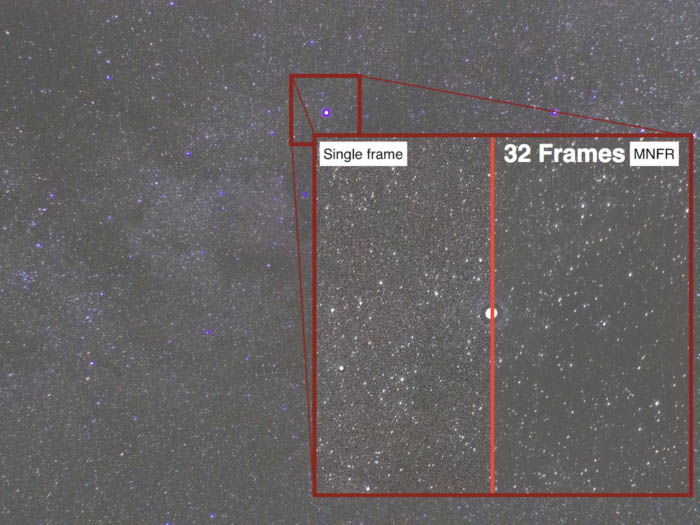

Click on the photo you want as the background photo to select that photo’s document window. To use a shortcut, simply press the “V” button on your computer’s keyboard. Grab the “Move” tool in the tools palette. Open the 2 photos you want to merge in their own separate document windows. Then flatten the image and save it off as a new file. The basic method to do a proper stack in Photoshop is as follows: Take a base image, paste the second image over it (using “normal” layering mode), and then set the Opacity of the newly stacked layer to exactly 50%. While HDR merges photos taken at several different exposures together, focus stacking merges images taken either with different focal points, or sometimes with different aperture values. What is HDR stacking?įocus stacking is similar to High Dynamic Range (HDR) photography, because it solves a problem by merging several photos together. Then, keep your tripod in the same spot until the Milky Way rises. Take one photo shortly after sunset using a small aperture like f/11 to get substantial depth of field. Time Blends For Milky Way photography, time blending can be a good way to extend your depth of field. the thickness of the plane of focus) than any of the individual source images1,2. Z-stacking (also known as focus stacking) is a digital image processing method which combines multiple images taken at different focal distances to provide a composite image with a greater depth of field (i.e. So real, it almost looks fake.” In Adobe Photoshop Lightroom, you can focus stack by using Auto-Blend Layers on several images to create one final image with crisp lines. What is focus stacking? You may have looked at a scene with your eyes and wondered why it looks different in the photo you took. You can see an example of a star mask on the right. What is a star mask?Ī star mask is a synthetic grayscale image on which each bright enough star is replaced by a round white area which is fading to black following a curve. A rule of thumb would be to add more images for longer focal lengths.


To capture landscapes, three images are generally all that is necessary to create sharp focus stacking images, but it’s completely fine to take extra images to make sure that the entire scene is covered. The images at right illustrate the increase in DOF that can be achieved by combining multiple exposures. In photography Focus stacking allows the depth of field of images taken at the sharpest aperture to be effectively increased. In astrophotography, stacking, also known as integration, is all about increasing the signal-to-noise ratio (SNR) of your images in other words, increasing the signal that you do want and reducing the noise you don’t. What does stacking do in astrophotography? The more shots you have, the less noisy the star stacked result will be, but only up to a point before sensor pattern noise starts being visible, or you completely exhaust the signal to noise ratio. Star stacking requires capturing multiple shots at the same shutter speed so that they can be aligned and averaged later. How do you stack images for astrophotography?


 0 kommentar(er)
0 kommentar(er)
